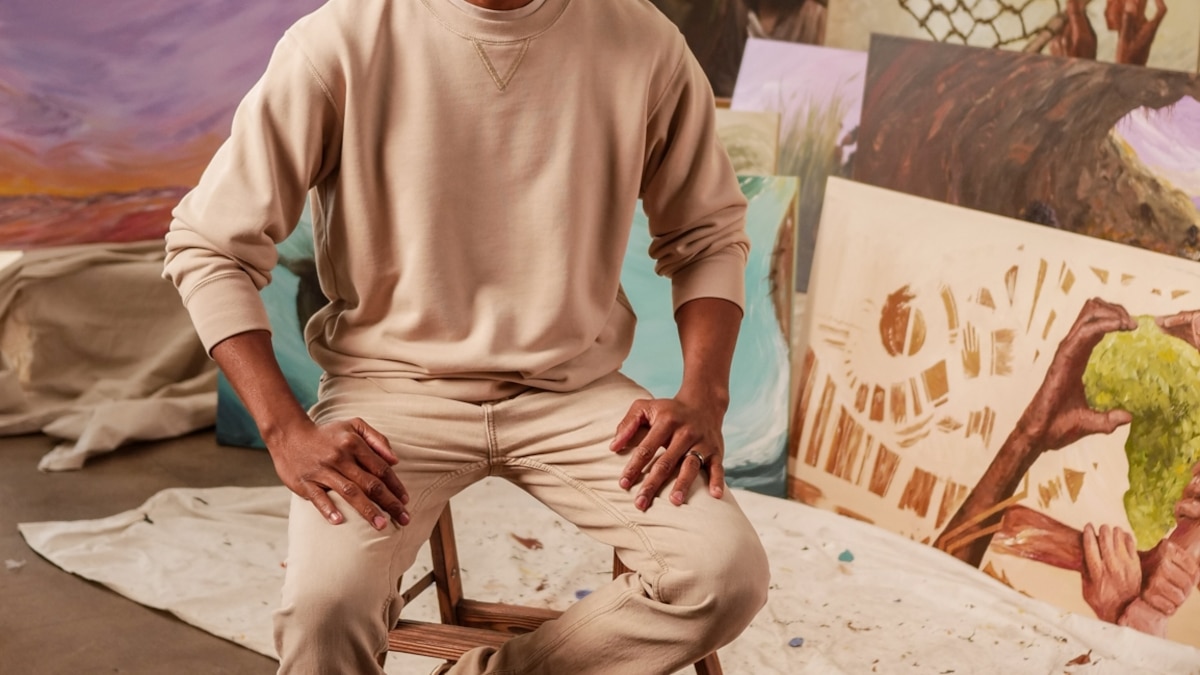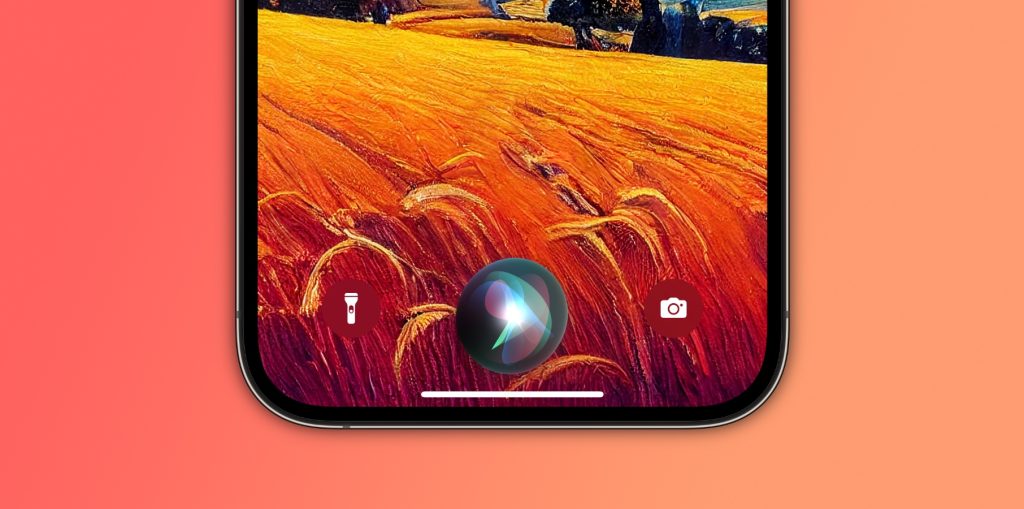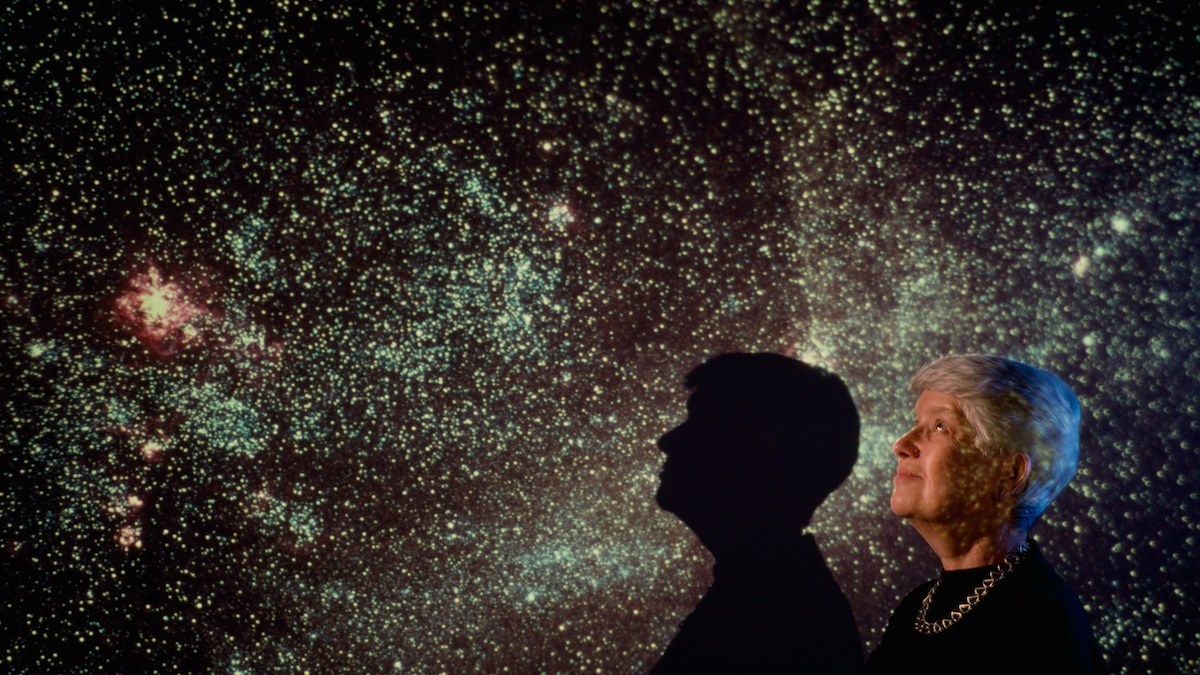Now Reading: Telling the story of humanity’s origins in Africa—this time, for kids
-
01
Telling the story of humanity’s origins in Africa—this time, for kids
Telling the story of humanity’s origins in Africa—this time, for kids

You’ve probably heard that we can all trace our roots back to Africa. It’s a fact that most people learn about briefly in a history class or find out through 23andMe. Still, this shared origin story often feels like a blip in our consciousness compared to other time periods. It’s a commonality we’re willing to acknowledge but not always explore.
Picture-book author and film illustrator Nikkolas Smith fills in this curiosity gap with his latest book, The History of We, which he both wrote and illustrated. The self-described “artivist” has dedicated much of his career to rendering crucial moments and people in Black history through expressive paintings, from portraits of George Floyd and Breonna Taylor to a comic-book treatment of the Obamas. One of his most well-known projects is The 1619 Project: Born on the Water, the children’s adaptation of the New York Times venture led by Nikole-Hannah Jones, which he illustrated. With The History of We, Smith continues this tradition of documenting Black history in a way that’s accessible, honest, and completely mesmerizing.
“What does ‘the beginning look like?’” Smith asks at the start of his new book. The answer he proposes is pretty fantastical, so much so that he reminds readers the story is “not a fairy tale.” The book’s timeline begins in 233,000 BCE, the date of some of the oldest human fossils found in Ethiopia, and ends with civilization’s expansion out of Africa in 90,000 BCE. It depicts how modern humans learned to survive while creating music, language, architecture, and medicine—giving credit to Africa’s inhabitants before they were supposedly “discovered” by others. National Geographic spoke to Smith about researching and writing The History of We, a project he calls a “monumental undertaking.”
(Explore the birthplace of humankind)
How did your experience illustrating The 1619 Project: Born on the Water influence your decision to write The History of We? Or did you have the idea previously?
Both. It was definitely an eye-opener for me to be able to go back 400 years to the kingdom of Ndongo and Central West Africa and illustrate my ancestors. That was a dream project. Being a Black person, especially in America, there’s a lot of gaps and historical information that we just don’t have. But The History of We is the “we all come from Africa” picture book I always wanted to do. I’ve always heard this growing up that we all come from Africa. It’s something that has always been there in my mind, but The 1619 Project helped sparked that.

Artist Nikkolas Smith in his home studio working on an interior painting from The History of We, this one depicting the first modern human musicians.
Photograph By Vanessa Crocini
What was it like to research this time period?
On one hand, it was very tough to collect all the information. But at the same time, it was frustrating because it was so easy to get all of the information. There’s so many books about the middle Paleolithic era and African migration patterns. I was finding documents about the Juniperus Phoenicia plant [used for ailments.] I also looked up facts from [paleontologist] Mary Leakey, who dedicated her life to this. She wrote the book, The Sediments of Time. Once I finished the book, my publisher told me it was going to be vetted by the Leakey family. And they gave the book their blessing. They also helped with pinpointing certain dates.
(A mysterious human species may have been the first to bury their dead)
You May Also Like
Did researching and writing the book help you understand why this part of history is so often overlooked?
It definitely deepens some theories. I feel like this book is what I call educational justice. When I was growing up—for reasons that I feel like are connected to systemic racism—there was really no mention of this 200,000-year gap of innovation, culture, and civilization. We would learn about the cradle of civilization in Mesopotamia that happened 10,000 years ago. But further back than that, there was a lot happening. So this book literally starts at the dawn of modern humanity, 233,000 years ago. There’s tons of innovation around astronomy, medicine, and architecture that wasn’t in the history books. Most likely, the reason for that is the fact that we were a society of Black people.

Smith, in his home studio, adds finishing touches to the canvas for one of the paintings for The History of We.
Photograph By Vanessa Crocini
How did you decide to approach this book as a painter?
I was documenting the first artists from the Blombos Cave in South Africa and showing how they crushed ochre and rocks and mixed it with water and made their own paint and started to tell these visual stories on the walls. I felt like, what better time than now to create my first hand-painted picture book? I wanted to really have all of those emotions, those feelings of joy, fear, and exploration. I was literally throwing paint on the wall, on the canvas, using sticks and leaves, brushes, sponges, my hands, finger paint—whatever I could to really get that feeling onto the canvas. It was very experimental.
(How a molar, jawbone and pinkie are rewriting human history)
This book is great for children wanting to learn about history, but it also feels appropriate for adults. How did you find that balance?
I consider my books to be picture books, not necessarily children’s books. But they can be for any age. I did want to make it very poetic with some words that are bigger than some kids might be used to. I think when they have someone who can explain it to them and show them the visuals, it kind of sinks in. I hope that this book can be one of those moments where you can have a grown-up and a kid just bond over their family ancestry because it’s literally the ancestry of everyone on Earth.
This interview has been condensed and edited for brevity.






















